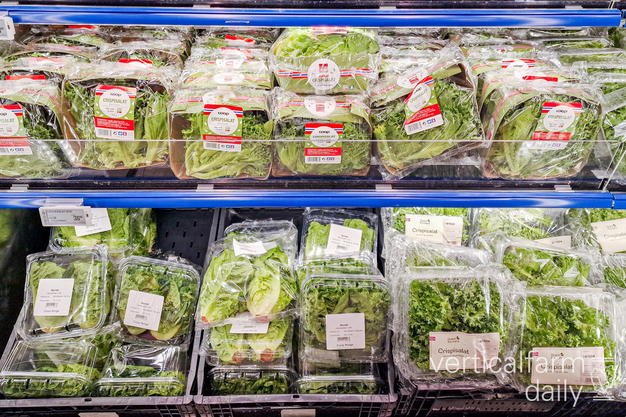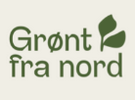The Norwegian retail market is battling shifting consumer preferences and increasing demand for local products. As prices rise and affordability becomes a growing concern, local producers are stepping up to meet these challenges.
"Consumers initially focused on finding the most affordable products. However, we're witnessing a significant shift towards local production. This is where our vertical farm comes into play, emphasizing the grown locally aspect. We want to maintain a customer relationship based on trust. If we provide good service and proactively fix problems before they arise, we ensure customer retention," says Lars Vik, Market developer at Grønt Fra Nord, a vertical farm based in the far Northern part of Norway.
 Lars Vik seen at COOP
Lars Vik seen at COOP
Currently, Grønt Fra Nord supplies around 120 Coop stores, including their smallest concept, Matkroken, which is a corner-store kind of concept. The cooperative model allows suppliers like Grønt Fra Nord to own the cooperation, so the customers share the profit. Lars notes, "Coop has more local products and a unique structure compared to other retailers like Kiwi and Rema 1000, which cater to different segments of the market."

Grønt Fra Nord's Crispisalat in stores
Vertically integrating into retail
However, Lars explains that it's not all without challenges when working with smaller retailers because of the high costs. "We are not yet fully integrated into the supply chain in smaller locations, which complicates logistics. Right now, we are shipping pallets by truck, and while they can last for three weeks, we need to prove our reliability to gain a position in the bigger distribution network."
"We've moved towards less plastic and developed a shorter cut for our products to make it better suited for our packaging. This not only improves shelf life but also enhances the visibility of our produce, ensuring that quality is front and center," Lars explains, whilst highlighting that packaging without cardboard was done on purpose to make the product 'pop' more.
"Building trust with retailers is crucial, especially given the historical context of the vegetable market. Many retailers have been accustomed to poor quality. We need to prove that our products can last and maintain quality for three weeks. Once we establish ourselves in the distribution network, profit margins can significantly increase," Lars foresees.

The locally grown lettuce is used in a variety of ways. Like here, in sandwiches and rolls at a local bakery
Stable production
Grønt Fra Nord's unique selling position lies in its ability to produce year-round by growing local, Norwegian-made products, like lettuce, in optimal conditions. Stable quality and far more stretched shelf-life of the products make retailers more curious about entering contracts with indoor farms. "This approach allows them to remain competitive with imported products while avoiding additional costs associated with international shipping," Lars adds.

Crispisalat in-store, sold in October for around $2,30
For now, the farm is supplying its specialty crop 'Crispisalat' to more or less all Coop shops in Nordsland and Troms county in addition to all Bunnpris stores in Nordland county. "Despite our ability to offer stable supply, we are following prices of imported lettuce. As surreal as it might sound, we have to align our pricing as that's the only way to maintain market share," Lars adds.

Grønt Fra Nord's private label salad pictured on the right, vs other suppliers
Growing with retailers
As the farming business further establishes itself in the remote North of Norway, they are exploring more alleys to introduce products. "Ever since four years ago, we still see that microgreens are underserved in the market. It's a high-margin segment with a growing willingness among consumers to pay a premium. Especially when they're fresh, and local microgreens," Lars highlights.
Aiming to expand its partnerships with retailers, Grønt Fra Nord is introducing data-driven insights and a personalized growth strategy for future collaboration purposes. Running product tests in the factory, and conducting customer surveys in-store, are helping both parties to better understand the needs of their customers. "Frequent meetings and connecting with retailers will enable us to monitor progress and adjust our strategies accordingly."
As Lars concludes, "If the job isn't there, create it. We are committed to building a better future for local agriculture and retail in Norway."

For more information:
Grønt Fra Nord
Lars Vik, Market developer
+47 900 20 797
lars@grontfranord.no
www.grontfranord.no
